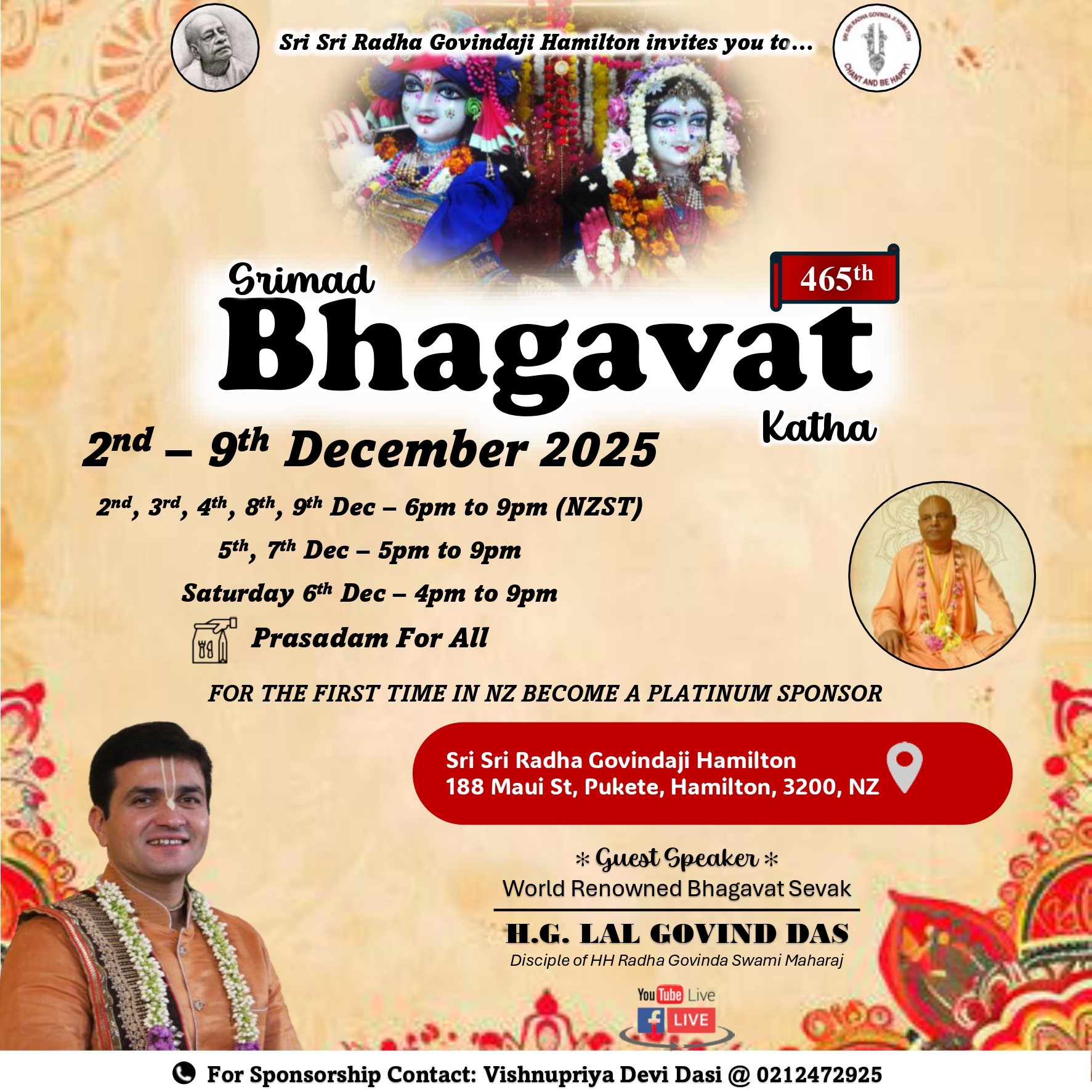Weaving ancient heritage with chic design

15 Kiwi fashion design students join hands to create western outfits made from traditional Indian textiles. Their work is showcased at the New Zealand Fashion Week
It is time for the eponymous little black dress (LBD) to move over and make way for a group of young Kiwi fashion designers who have converted traditional hand-woven saris from sourced from south India into contemporary garments worthy of the runway. Each of their creations is inspired by jewel-like hues of Resene, the same paint colour brand that sponsored them at the New Zealand Fashion Week this year.The spectrum of colours has been given names like Smitten pink, Daredevil orange, Sublime green. But the actual project is educational – one that spans the hemispheres and has the support of two countries at its helm, namely India and New Zealand.
The project began when Kevin Smith and Val Marshall-Smith, founders and owners of the fashion institute, NZ Fashion Tech, teamed up with educators Giles Brooker and Prabha Govindasamy. Together they shaped a unique New Zealand-India fashion education collaboration, whereby 50 silk saris inspired by paint colours from Resene were selected. Then 45 students from NZ Fashion Tech’s Diploma courses in Auckland and Wellington were briefed to design a contemporary look from the delicate textile.
In the end, 15 students were chosen to take part in the project to travel to India for five weeks near the end of their academic year, as recipients of Prime Minister’s Scholarships for Asia worth $86,000
approximately. The students will be hosted by Bannari Amman Institute of Technology in Tamil Nadu, India, thus bringing together a unique education collaboration between the two
countries.
Kevin Smith Managing Director of NZ Fashion Tech says: “The students responded well to the
brief. Armed with their Resene test pot and sari, they were asked (hypothetically) to dress Cate Blanchett for a summer luncheon in Monte Carlo.
Technical excellence was paramount, the timeline was tight, and the stakes were high: Who would show at Fashion Week? Who would catch the eye of editors? And ultimately: Who would travel to
India?”
Doddampalayam is the village just outside of Sathyamangalam in Southern India where the silk saris being used in this project were hand-woven (70kms from the city of Coimbatore.) Giles Brooker, who is co-organising the Indian leg of the project, says: “It feels like the whole village is the factory. Houses left, right and centre have a room with a central loom or a showroom for their finished work. It’s a very communal activity for the families - men and women, young and old - all weaving or contributing in one way or another to the enterprise.”
A project of this magnitude is expected to succeed on several levels for both New Zealand and India.
Potentially, the organisers believe that there will be benefits across tourism awareness, community engagement, design, manufacturing, trade and education. The total programme will cover eight
weeks, of which five will be run in India.
‘Complement rather than compete’
Prabha Govindasamy is one of the directors at Giles Brooker Education, instrumental in making this particular collaboration a success. Her association with Brooker goes back by four years, as the two of them have joined hands on many projects to bring out the best of the educational offerings in the two countries – New Zealand and India. Govindasamy says that none of these 15 students have been to India before. So the experience is expected to be “quite overwhelming” for them. The project will end with another fashion show at their host institution in India.
One of the main reasons for choosing a group, and not opt for one single student, for the project is because it is geared towards encouraging “collaborative learning experiences”. Govindasamy adds, “It is best to complement rather than compete” when it comes to cultural exchange.
15 Kiwi fashion design students join hands to create western outfits made from traditional Indian textiles. Their work is showcased at the New Zealand Fashion Week
It is time for the eponymous little black dress (LBD) to move over and make way for a group of young Kiwi fashion designers who have...
15 Kiwi fashion design students join hands to create western outfits made from traditional Indian textiles. Their work is showcased at the New Zealand Fashion Week
It is time for the eponymous little black dress (LBD) to move over and make way for a group of young Kiwi fashion designers who have converted traditional hand-woven saris from sourced from south India into contemporary garments worthy of the runway. Each of their creations is inspired by jewel-like hues of Resene, the same paint colour brand that sponsored them at the New Zealand Fashion Week this year.The spectrum of colours has been given names like Smitten pink, Daredevil orange, Sublime green. But the actual project is educational – one that spans the hemispheres and has the support of two countries at its helm, namely India and New Zealand.
The project began when Kevin Smith and Val Marshall-Smith, founders and owners of the fashion institute, NZ Fashion Tech, teamed up with educators Giles Brooker and Prabha Govindasamy. Together they shaped a unique New Zealand-India fashion education collaboration, whereby 50 silk saris inspired by paint colours from Resene were selected. Then 45 students from NZ Fashion Tech’s Diploma courses in Auckland and Wellington were briefed to design a contemporary look from the delicate textile.
In the end, 15 students were chosen to take part in the project to travel to India for five weeks near the end of their academic year, as recipients of Prime Minister’s Scholarships for Asia worth $86,000
approximately. The students will be hosted by Bannari Amman Institute of Technology in Tamil Nadu, India, thus bringing together a unique education collaboration between the two
countries.
Kevin Smith Managing Director of NZ Fashion Tech says: “The students responded well to the
brief. Armed with their Resene test pot and sari, they were asked (hypothetically) to dress Cate Blanchett for a summer luncheon in Monte Carlo.
Technical excellence was paramount, the timeline was tight, and the stakes were high: Who would show at Fashion Week? Who would catch the eye of editors? And ultimately: Who would travel to
India?”
Doddampalayam is the village just outside of Sathyamangalam in Southern India where the silk saris being used in this project were hand-woven (70kms from the city of Coimbatore.) Giles Brooker, who is co-organising the Indian leg of the project, says: “It feels like the whole village is the factory. Houses left, right and centre have a room with a central loom or a showroom for their finished work. It’s a very communal activity for the families - men and women, young and old - all weaving or contributing in one way or another to the enterprise.”
A project of this magnitude is expected to succeed on several levels for both New Zealand and India.
Potentially, the organisers believe that there will be benefits across tourism awareness, community engagement, design, manufacturing, trade and education. The total programme will cover eight
weeks, of which five will be run in India.
‘Complement rather than compete’
Prabha Govindasamy is one of the directors at Giles Brooker Education, instrumental in making this particular collaboration a success. Her association with Brooker goes back by four years, as the two of them have joined hands on many projects to bring out the best of the educational offerings in the two countries – New Zealand and India. Govindasamy says that none of these 15 students have been to India before. So the experience is expected to be “quite overwhelming” for them. The project will end with another fashion show at their host institution in India.
One of the main reasons for choosing a group, and not opt for one single student, for the project is because it is geared towards encouraging “collaborative learning experiences”. Govindasamy adds, “It is best to complement rather than compete” when it comes to cultural exchange.









Leave a Comment